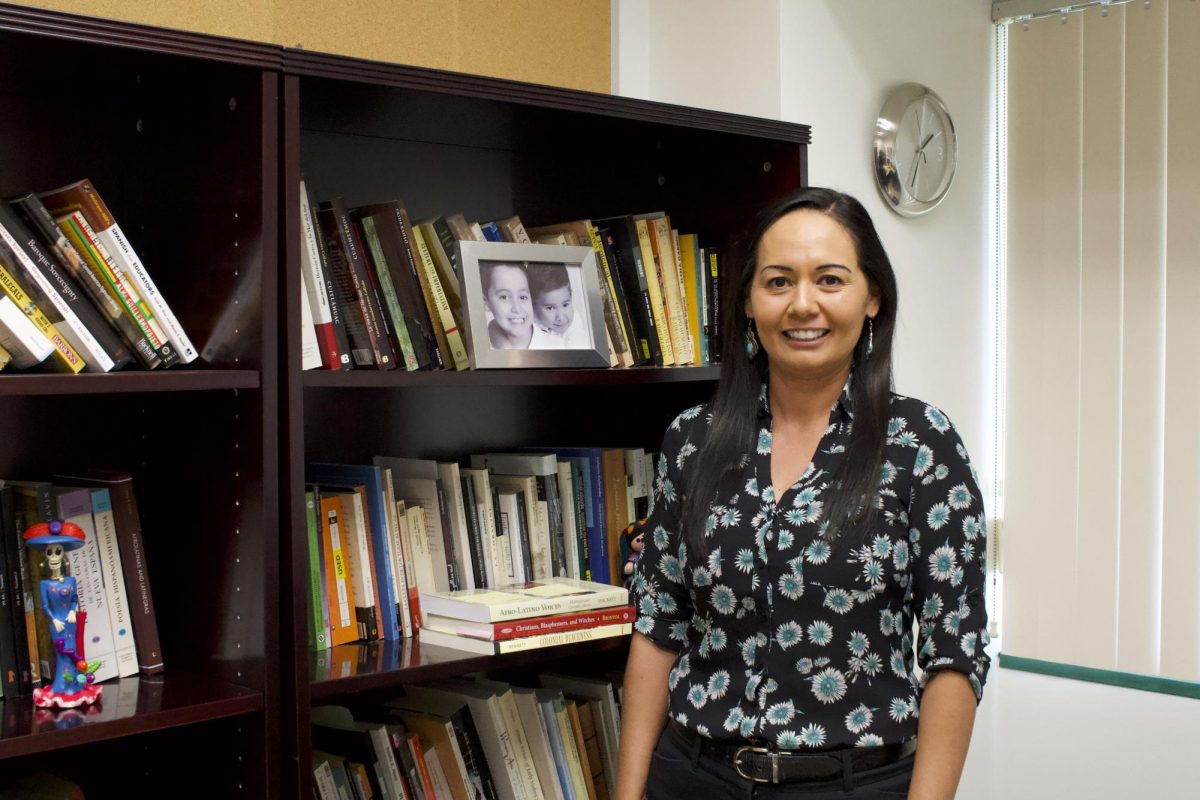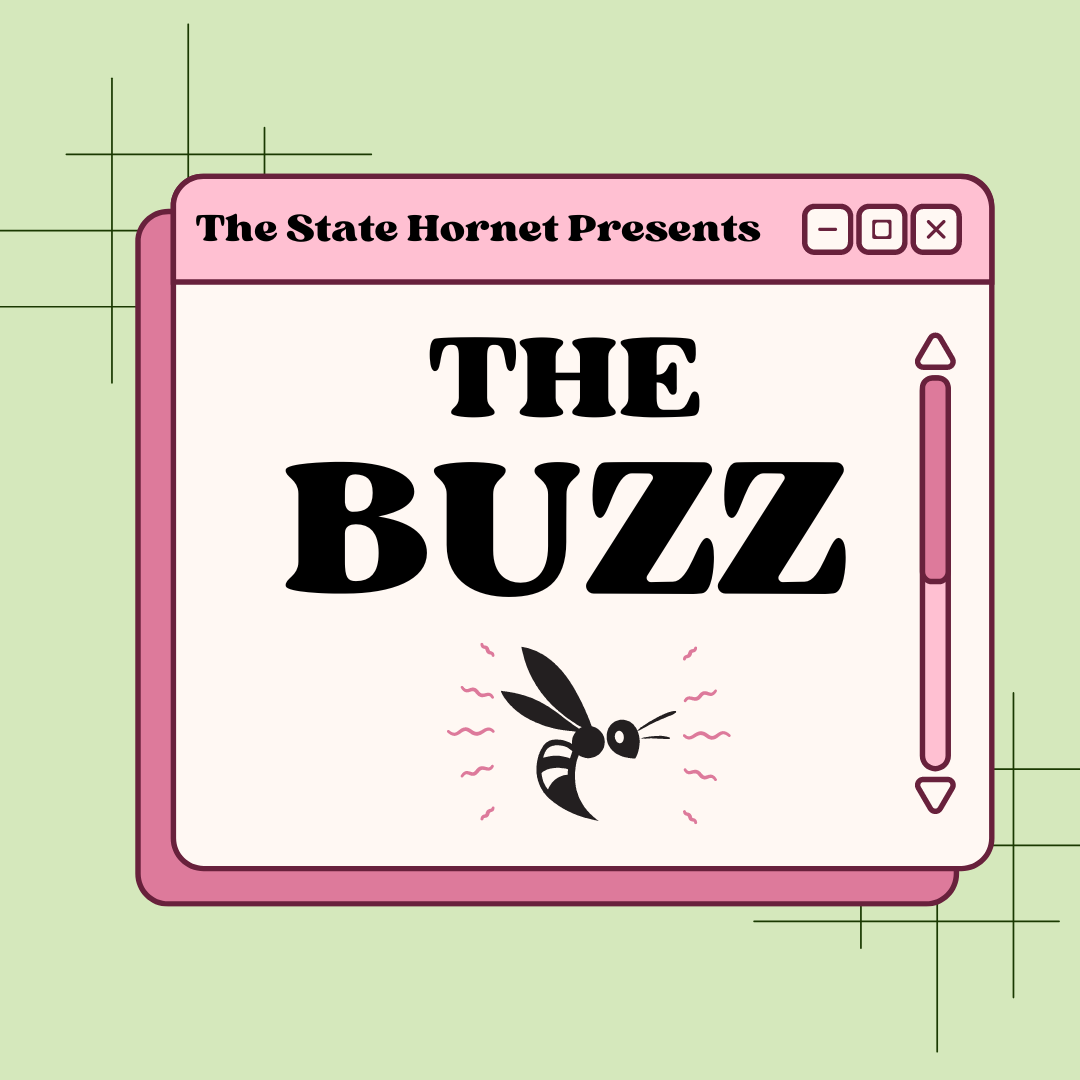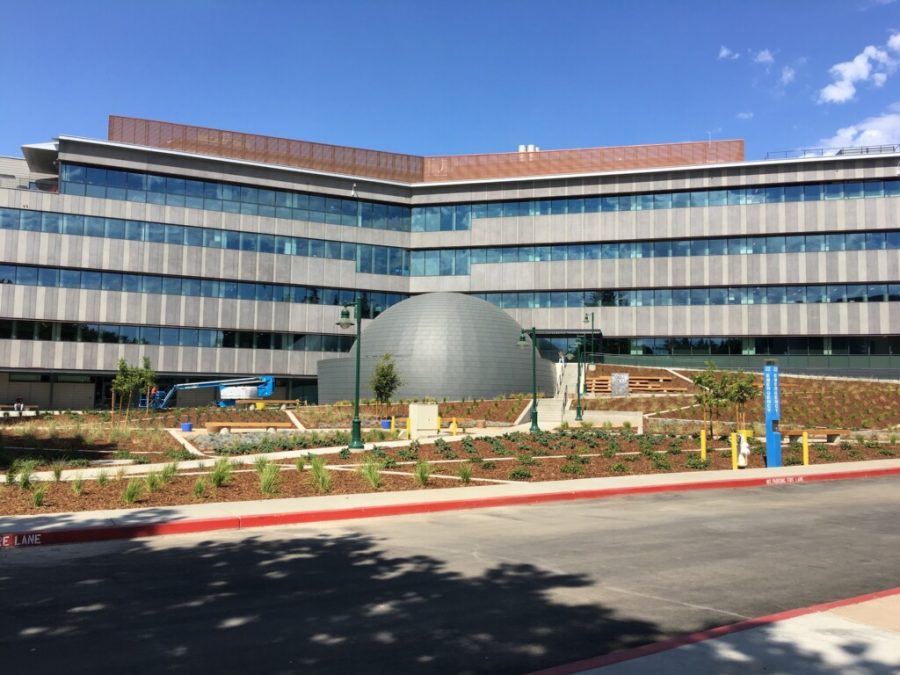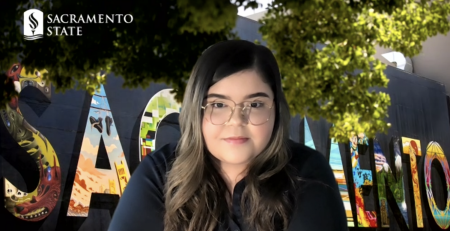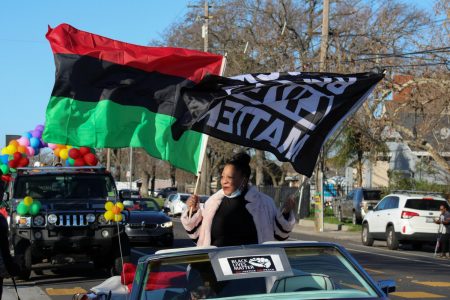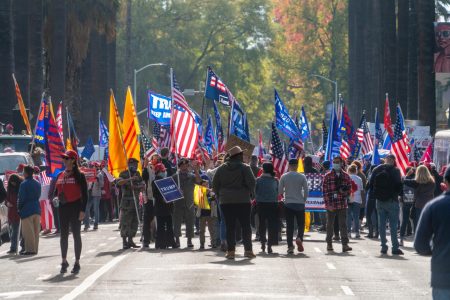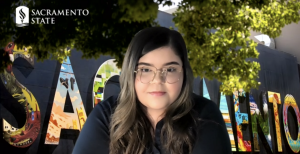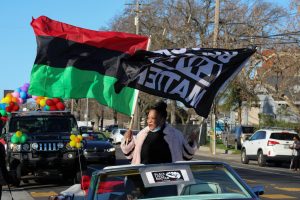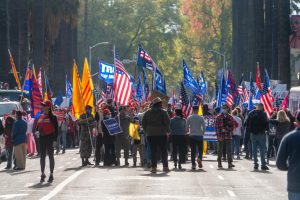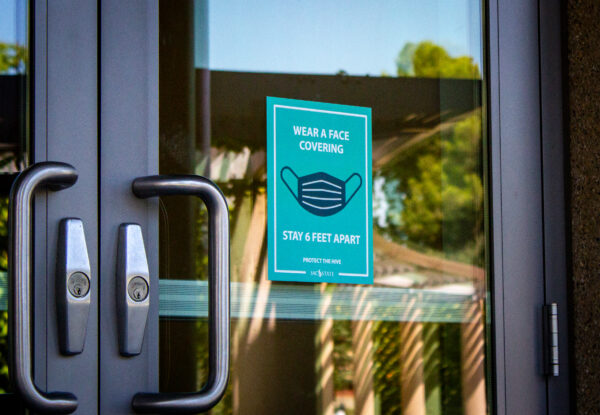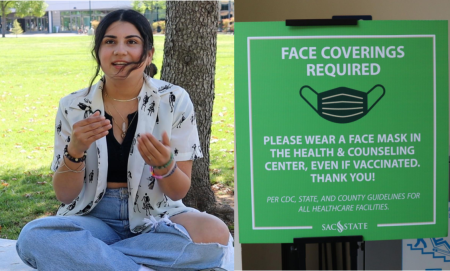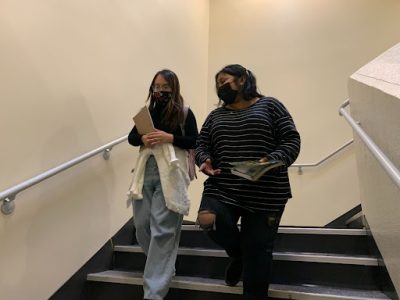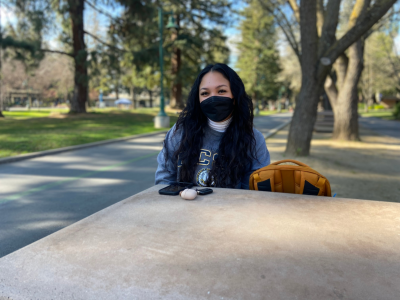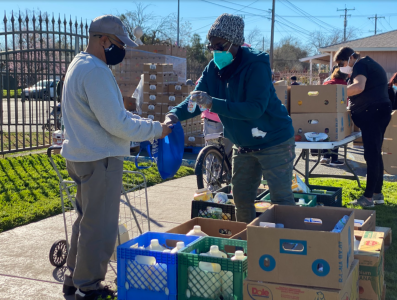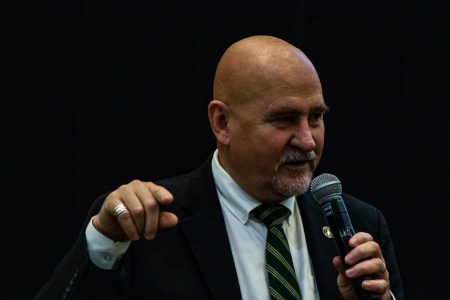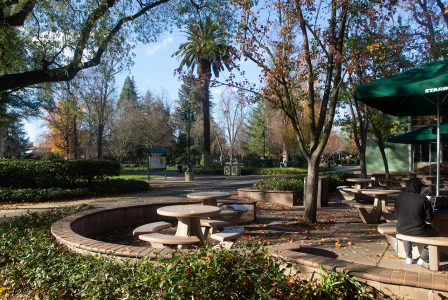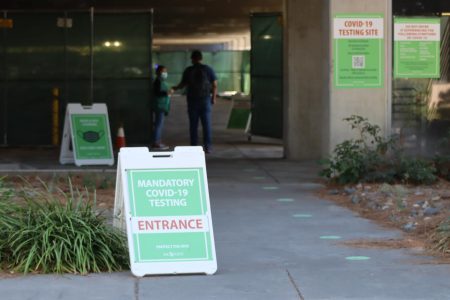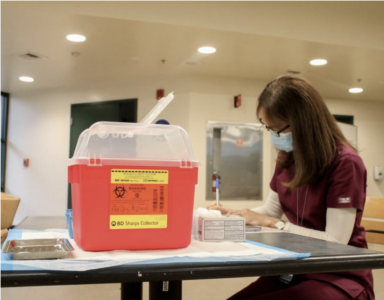Pfizer vaccine expected to arrive this week at Sac State, Nelsen says
COVID-19 vaccine could be administered to healthcare staff and nursing students starting next week
Regina Phillips
The Ernest E. Tschannen complex took out $18 million from Sac State’s general reserve fund. The 2019-2020 budget shows a lack of funding for urgent campus needs. Sacramento State President Robert Nelsen spoke about the administration of the COVID-19 Pfizer vaccine on campus and the university’s budget Thursday at his livestreamed spring address.
January 21, 2021
Sacramento State President Robert Nelsen spoke about the administration of the COVID-19 Pfizer vaccine on campus and the university’s budget Thursday at his livestreamed spring address.
The State Hornet has compiled key takeaways from the address and important information about what the spring 2021 semester will look like on campus.
What you need to know about Nelsen’s spring address:
- Sac State expects to receive first shipment of Pfizer COVID-19 vaccine this week, will be a vaccination site for Sacramento County Public Health
- COVID-19 tests mandatory for residents upon move-in, 10% of residents will be randomly selected weekly for further testing
- Newsom’s proposed budget would restore $6.69 million could be restored to Sac State’s budget, and $17.8 million in HEERF grants available to students
Vaccinations at Sac State could start first week of school
Sac State expects to receive its first shipment of the Pfizer COVID-19 vaccine this week and could begin vaccinations as early as next week, the first week of school.
“Sac State has been approved by the state to receive and administer the COVID vaccine as a vaccination site for Sacramento County Public Health,” Nelsen said. “We are expected to receive our first shipment of doses this week and plan to begin administering the vaccine to our health care staff and nursing students as early as next week.”
The vaccines will be stored in five freezers at the Ernest E. Tschannen Science Complex.
Nursing students and health care professionals will administer the vaccine at a walk-in clinic in the Brown Bag Room in the Union. The clinic can be expanded if needed to Parking Structure III.
10% of employees and dorm residents will be tested each week
Nelsen also said Sac State will begin COVID-19 testing for all student residents Jan. 24, as well as providing flu shots.
RELATED: Sac State student housing conducting mandatory COVID-19 testing for residents
COVID-19 tests will be mandatory upon student residents’ arrival to campus. While residents wait for their initial test results, they will be under a modified quarantine where they will eat prepackaged meals in their dormitory rooms instead of the dining hall. Ten days after the initial COVID-19 test is conducted and the results are reported, student residents will either be placed in a modified quarantine allowing them to attend class in-person or will be placed in full quarantine based on their test results.
Vice President of Student Affairs Ed Mills said the modified quarantine only lasts until students receive their test results, approximately 48 to 72 hours after taking the test, and that students would be able to attend in-person classes while waiting for their test results.
“If for some reason [the modified quarantine] is extended students would be able to go to class if they need to,” Mills said via email. “Students would only be restricted if they test positive.”
Nelsen previously announced that all classes and labs, including those approved for in-person instruction, would be virtual the first week of the spring semester.
After the initial round of COVID-19 tests, 10% of employees and student residents will be randomly selected each week to undergo weekly surveillance testing. The students and employees selected for surveillance testing will receive emails from the university and be tested for COVID-19 at the WELL.
RELATED: ASI announces COVID-19 surveillance testing for staff of Children’s Center
Additional testing will be provided for students who are symptomatic or test positive. All resident advisers, food service staff, residence sports staff, residence life coordinators, student safety ambassadors and community service officers from the Sac State Police Department will also be tested upon their return to campus. Staff, faculty and Management Personnel Plan employees who may have been exposed to COVID-19 while working on campus will also be offered testing with no out-of-pocket expenses, according to Nelsen.
Nelsen said the university is working on protocol for surveillance testing for students attending the spring semester’s 460 face-to-face classes, but said there will be testing available for anyone who has a campus exposure with no out-of-pocket expenses.
Since the pandemic began, 293 cumulative positive cases were reported from over 30,000 students, approximately less than 1% of the student population, according to Nelsen.
“We will continue to publish data regarding exposure and positive cases, but we cannot do this if they are not reported,” Nelsen said.
In the case of a major outbreak of more than 20 potentially exposed employees in 30 days, everyone on campus will be notified, according to Nelsen.
A new infectious diseases response team will be established in accordance with Cal/OSHA guidelines that classifies any on campus COVID-19 exposure as a workers’ compensation issue.
The response team will notify any employee that has been exposed to COVID-19 on campus and ensure contact tracing is initiated by the Student Health Center at the WELL. Potentially exposed employees and relevant unions will be notified by Sac State Human Resources within one business day, according to Nelsen.
Effects of COVID-19 on Sac State’s budget
Gov. Gavin Newsom proposed restoring 3% of the Cal State Universities’ general operating costs in the 2021- 2022 budget proposal, which would restore $6.69 million to Sac State’s budget.
Sac State saw a loss of $10.7 million dollars in its 2019-2020 school year budget, and while the university would be restored $6.69 million in Newsom’s proposal, the budget would still remain $4.01 million short compared to the 2019 pre-pandemic budget.
The Higher Education Emergency Relief Funds (HEERF) passed under the Consolidated Appropriation Act 2021 includes $59,891,260 in relief funds for the university, including $17.8 million for direct distribution to students, which Nelsen said is “an exact match to the $17,867,181 distributed to students in the fall semester through the CARES Act.”
Nelsen said he hopes to distribute the HEERF funds to students with no ties to FAFSA in order to benefit undocumented students, but criteria and guidelines for the distribution of the funds still need to be set. The HEERF funds will potentially be distributed around Feb. 26, 2021.
Sac State can also use HEERF funds to pay expenses associated with COVID-19, including reimbursement to expenses already occured, technology cost, lost revenue and staff payroll. Nelsen said HEERF funds could allow Sac State to invest in more hotspots such as classroom upgrades, distance learning transitions and emergency payments.
“Using CARES and HEERF 2 [Higher Education Emergency Relief Funds] funding, we need to update our classrooms and labs. Our classrooms must support Zoom, and we need flexible technology that will make HyFlex possible,” Nelsen said. “Our classrooms need to be dynamic enough to accommodate both synchronous and asynchronous teaching.”
Nelsen said that because not everyone can or will be able to return to in-person classes immediately, flexible technology is needed for simultaneous online and in-person teaching. However, he said this technology will not be available for everyone.
HyFlex is a hybrid model where the same professor delivers simultaneously online and in-person according to an Inside Higher Ed article.
According to Nelsen, HEERF funds are one-time funds that are not recurring and cannot support faculty salaries or ongoing expenses after next year.
“We have to be cautious, even conservative, but in spite of the hiring frost I think we will begin to be able to hire critical positions again, including new faculty,” Nelsen said. “We do not anticipate needing to reduce personnel through any voluntary separation initiative.”
RELATED: Sac State will pay employees up to $70K — to quit
“What worries me is that we will lose enrollment,” Nelsen said due to a decrease of a total of 650 enrolled students in the spring semester despite an increase in enrollment in the fall.
Nelsen said student affairs will contact students who are in danger of dropping out or who have financial difficulties to improve enrollment. However, according to Nelsen, if it proves to be unsuccessful, Sac State may have to adjust the budget due to lower enrollment.
RELATED: President Nelsen talks Sac State anti-racism plan, budget cuts at virtual fall address
Without additional stimulus funding and with the continued depopulation of the campus, Sac State would need to support University Enterprises Inc., University Housing Services, dining services, and the alumni association through its reserves, which has spent $7.9 million to balance the budget for 2021.
“All in all, Sac State has been allotted $59,891,260 in Higher Education Emergency Release Funds,” Nelsen said. “We expect the second round of stimulus money will help us to stabilize our overall budget for at least a year.”
For further questions on COVID-19 at Sac State, contact [email protected]



















